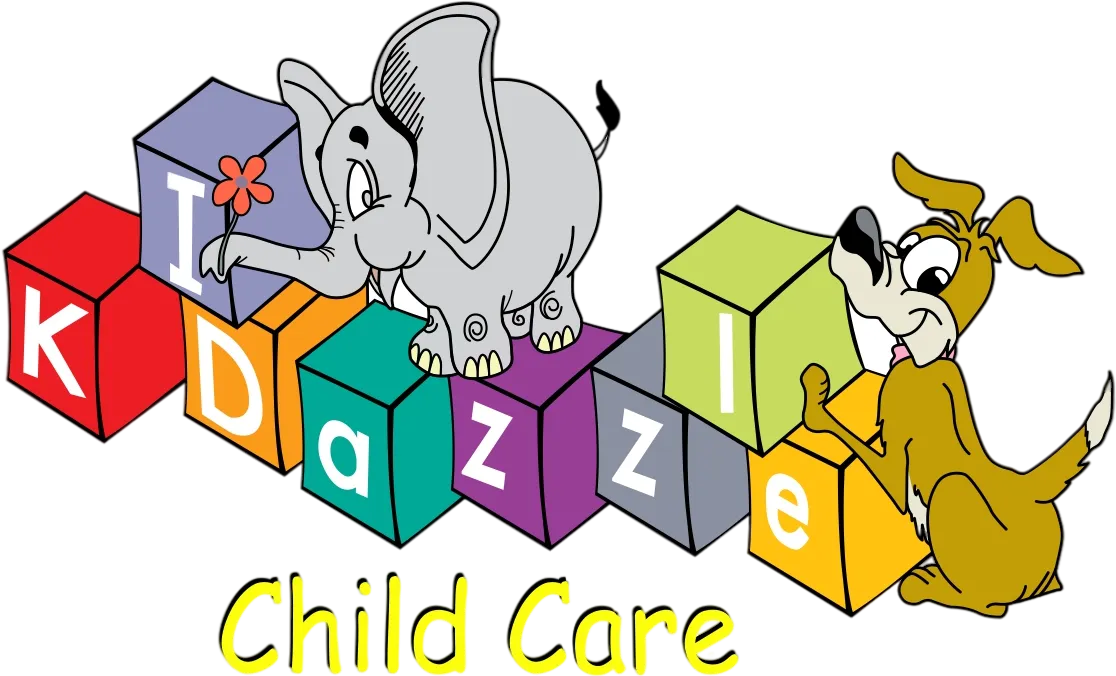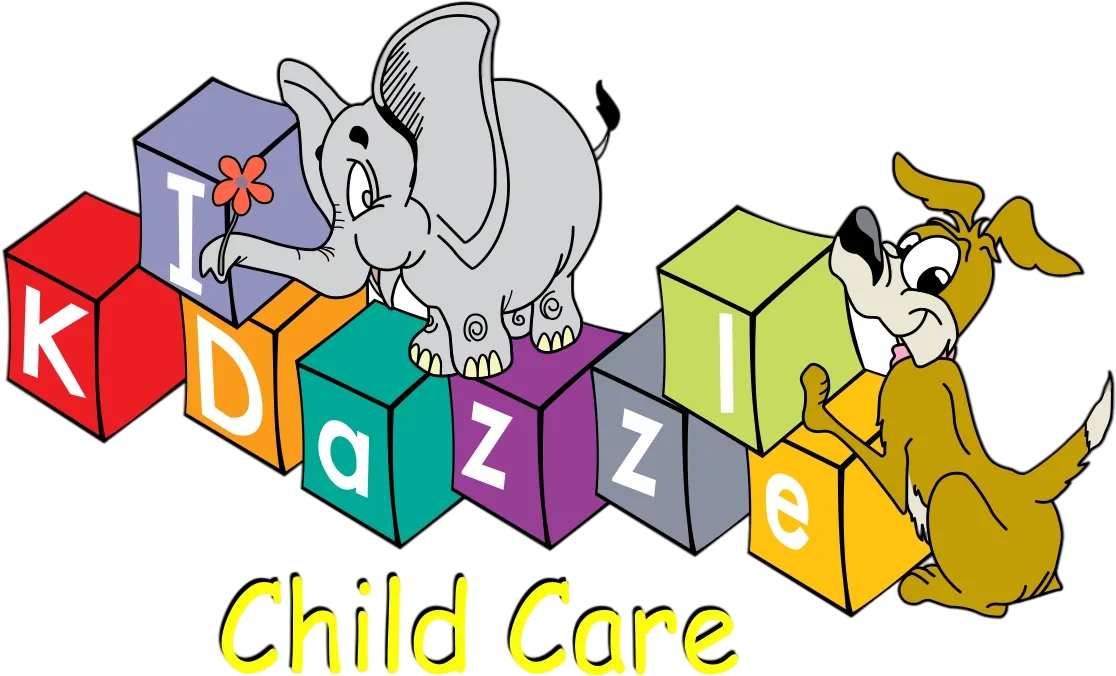Contact Us
We'd love to hear from you. Contact our welcoming team for any questions or childcare guidance. We're here to assist you!
GET IN TOUCH WITH US
Mid-town Atlanta | Summit Building
Swift repairs restoring roof integrity, ensuring lasting protection against elements and wear.
Downtown Atlanta | Atlanta Federal Center
Durable, weather-resistant metal roofs for long-term protection and energy efficiency.
Mid-town Atlanta | Summit Building
Swift repairs restoring roof integrity, ensuring lasting protection against elements and wear.
Downtown Atlanta | Atlanta Federal Center
Durable, weather-resistant metal roofs for long-term protection and energy efficiency.
Mid-town Atlanta | Summit Building
Swift repairs restoring roof integrity, ensuring lasting protection against elements and wear.
Downtown Atlanta | Atlanta Federal Center
Durable, weather-resistant metal roofs for long-term protection and energy efficiency.

POPULAR QUESTIONS
Get Answers to Your Questions
Explore Our FAQ Guide: Gain Insightful, Detailed Answers to Every Question You Have About Your Child's Care, Providing You with the Confidence and Peace of Mind to Navigate Parenting Challenges, Foster Your Child's Development, and Ensure Their Well-being at Every Stage
What age groups do you accept at your daycare?
We accept children from infants (6 weeks old) up to preschoolers (5 years old), depending on the program. Each age group has a specialized curriculum and environment designed to meet their developmental needs, from nurturing care for infants to interactive learning experiences for preschoolers.
What safety measures are in place at your daycare?
Safety is our top priority. Our center is equipped with secure entry systems, and we maintain a low child-to-staff ratio to ensure constant supervision. All staff members are trained in CPR and first aid, and we perform regular safety drills and inspections to meet state and national safety standards.
What is your staff's qualification?
Our educators are experienced professionals with degrees in early childhood education or related fields. Many of our staff members also have additional certifications, such as C.D.A. and ongoing professional development, to ensure they provide the best care and education for your child.
What is the daily schedule like for my child?
Our daily schedule is structured to provide a balance of learning, play, and rest. A typical day includes age-appropriate educational activities, outdoor play, creative arts, group storytime, and rest periods. We tailor activities to support each child's developmental stage while fostering a fun and engaging environment.
How do you handle food and allergies?
We provide nutritious meals and snacks following state guidelines for child nutrition. If your child has specific dietary restrictions or allergies, we work closely with you to ensure their needs are met safely. We maintain an allergy-friendly environment and offer alternatives for children with food sensitivity
What’s the difference between KIDazzle and a Head Start program?
While we’re not part of the federal Head Start system, many parents searching “Head Start near me” find that KIDazzle offers comparable benefits, like certified teachers, age-specific learning, nutritional health services, and personalized family engagement.
TESTIMONIALS
Our Clients Experiences


Angel Williams
Absolutely love this place , I didn’t want my son going anywhere else . My niece and nephew went here back in 2016 . Only place I knew he was safe and protected. They keep you up to date with everything, everyday . They learn in a way where it’s fun for them. I 100 percent recommend ! Thanks for all that you all do.


Pamela Morris

Best childcare facility in Memphis so far. I love Nikia , she doesn’t play about them babies. The staff goes above and beyond for the kids education and safety. I love that they always have events and activities for the children , especially on the holidays.


Raegan harris

My baby has been attending KIDazzle for a couple of months now, I already see so much improvement in her attitude when dropping her off vs at her previous daycare, she would cry everyday when I left. Enrollment was easy, the facility is clean & Ms. Nikia/ her staff are very attentive and supportive. Thank you all for making my baby a part of the family ❤️

Where Learning is Fun!
Quick Links
Locations
Informations
(877) 410-1002
(404) 753 8884





